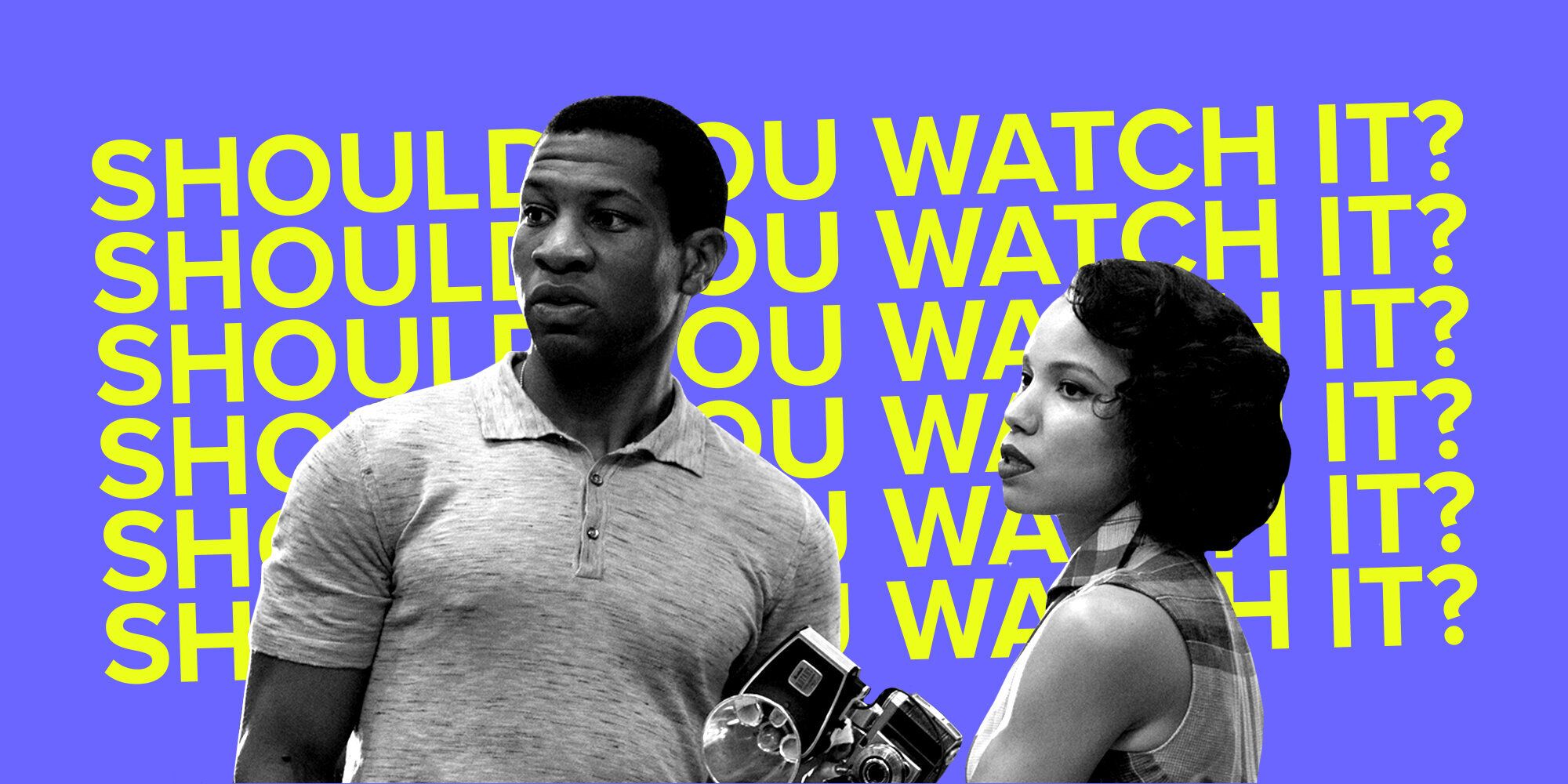I Don’t Know What To Do With The Shade Room
I don’t know what to do with The Shade Room.
The celebrity news website and its wildly popular Instagram page (currently at over 20 million followers and counting) has, since its founding by Nigerian American entrepreneur Angelica Nwandu in 2014, become an institution in the world of Black gossip. It is a part of the Black lexicon and the Black zeitgeist, mentioned in rap songs and TV shows. With a hodgepodge of posts including celebrity news, memes, politics and inspirational messages, The Shade Room has cemented itself as a constantly evolving archive of Black pop culture.
That’s what makes The Shade Room so intensely intriguing and addictive. It is relentless with content generation, adept at locking onto stories as they develop (a running joke is that The Shade Room seems to repost celebrity Instagram posts before the celebrities have even posted them). And it is powerful enough to not only follow the gossip but also to become the catalyst for it. On any given day, you’ll see Black celebrities, influencers and reality television stars like Teyana Taylor, B. Simone and Nene Leakes “step into The Shade Room” to refute, clap back or cut up in the comments with thousands of other followers. These comments from celebs usually get screencapped and made into their own posts, forming a never-ending, self-referential loop of tea.
In a March 2019 profile for Marie Claire, Nwandu contended that she doesn’t think of The Shade Room as purely a gossip site but more of a cultural archive. “I think our site is about the culture,” she said, “All the things that make black culture beautiful.” To some extent, Nwandu is correct in that The Shade Room does provide a kind of snapshot of Blackness that, while not definitive, is most definitely key. But with the beauty, obviously, comes some of the ugliness.
The comments section on The Shade Room can be regarded as a fascinating, telling and ultimately disturbing microcosm of ideas and attitudes. It is the major draw for so many Shade Room followers (or “roommates”), but it is also undeniably the locus of several forms of online toxicity, often steeped in sexism, homophobia, transphobia, bullying and body-shaming. For every “#TSRPositiveImages” post celebrating the work of Black entrepreneurs, philanthropists and others, there are posts that seem strategically designed to bring out the worst of the internet — posts that with implicit “shade” set up cultural figures including Lizzo, Billy Porter, Lori Harvey and Reginae Carter to be proverbially fed to the wolves.
When rapper Tory Lanez released a 17-song album with several songs largely refuting accusations around him shooting Megan Thee Stallion this summer, The Shade Room made dozens of posts platforming and breaking down each song, line for line. In the comments on these posts, there were those who came to Megan’s defense, but there were also those who eagerly took the opportunity to bash her, question her and praise Lanez for sharing his “side of the story.”
Then there were the countless posts and reposts about Dwyane Wade and Gabrielle Union’s daughter Zaya Wade, who at 12 years old came out as transgender in February. While Wade and Union made a point to celebrate and affirm Zaya’s gender identity, posts on The Shade Room about Zaya, a child, consistently garner vitriol, hate and criticism. The sense that the editors and reporters behind The Shade Room are willing to set up a child for harassment in the name of clicks and views (most of the money reportedly comes from ad revenue) is unsettling.
There have, apparently, been efforts made to mitigate and challenge some of the rhetoric in the comments section in response to these kinds of stories, with Nwandu telling Marie Claire that around 2015 she and her team made the decision to create a more balanced, positive atmosphere on the site and on Instagram. “There was a time when I would go on the Shade Room and I would just feel, like, ugh. I remember thinking, If I feel like this, what am I putting out to the people who are reading this? They may be feeling like this too if they come on here every day and consume what we’re giving.”
So, it seems as if there is an awareness. But what else is being done? What else should be done when it comes to this kind of content? The potential for breeding toxicity is not isolated to The Shade Room, of course. It is a problem that comes up constantly in the world of gossip, especially internet gossip, on sites and Instagram pages like Baller Alert, Bossip and World Star Hip Hop. And it’s definitely not just a Black gossip thing either. In June, popular blog Lainey Gossip came forward to apologize for a history of racist, homophobic and fatphobic celebrity coverage about people including Jada Pinkett Smith and Janet Jackson, who was the target of one post headlined “Worst Ghetto Tits.”
Gossip, as a concept, is fraught. It isn’t exactly positive. It isn’t meant to be. Half of the glee that people feel when they engage with these sites is the baser instincts of being a human: pettiness, cattiness, judgment, shade. The conceit of gossip, what needs to happen in order for it to “work,” is to cement the idea that people on the internet are not actual human beings. We’re all guilty of falling into this trap. It’s easy to become tangled in it when so much of celebrity culture is predicated around fantasy, abstraction and escape.
Again, aside from simply unfollowing The Shade Room and sites like it, it’s hard to know what to do with all this. Where do we draw the line between creating spaces where people are free to express themselves but also ensuring those spaces don’t allow for or implicitly encourage toxicity, bullying, etc.? This has become the great conundrum of the internet in general: Major social media sites like Twitter, Facebook and YouTube have consistently come under scrutiny for their ability to platform hate speech, “fake news” and harassment.
There’s this thing people do when it comes to toxic online comments or trolling, this thing where they dismiss them as irrelevant. “That’s just a sad person, they’re saying that online but they would never say this stuff in real life.” Sure, they may not say it, but often they still feel it. And these feelings live in the real world. I refuse to believe that the toxicity we see on the internet doesn’t have, however small, real-life implications. These people in the comments are real people, after all, with real lives and communities. Normalizing or dismissing their behavior online is tantamount to ultimately normalizing and dismissing these behaviors in the real world. The Shade Room has an implicit understanding of this, which makes its tendency to lean into negativity, even when it makes the attempt to balance it with “positive” posts, so frustrating.
On Tuesday, President Barack Obama recorded a special message for The Shade Room, encouraging followers to get out and vote. “Hey roommates, Barack Obama here, coming to you from The Shade Room,” he said, a statement both surreal and highly emblematic of The Shade Room’s power and influence. That’s why, ultimately, it’s hard to simply chalk up the comments and the tactically shady posts as just part of a game we’re all playing. What would it look like if more of an effort were made to challenge and disrupt the toxicity? What would it look like if there were more pushback, discussion and unpacking? Unfollowing is a tactic, yes, but I question how productive it ultimately is, what it means not to challenge and hopefully push such an integral part of online culture to evolve? And what does it say about us when we don’t look away?
Published at Wed, 30 Sep 2020 16:00:19 +0000




